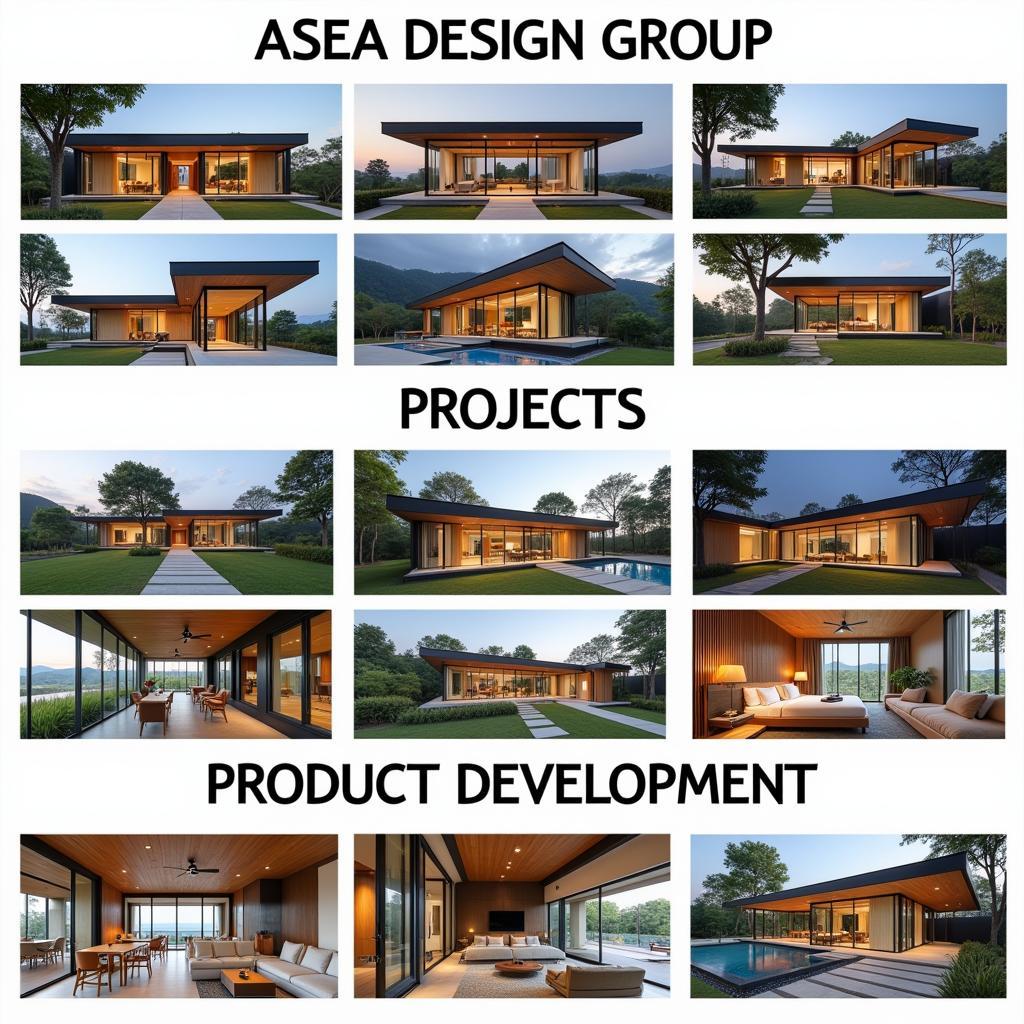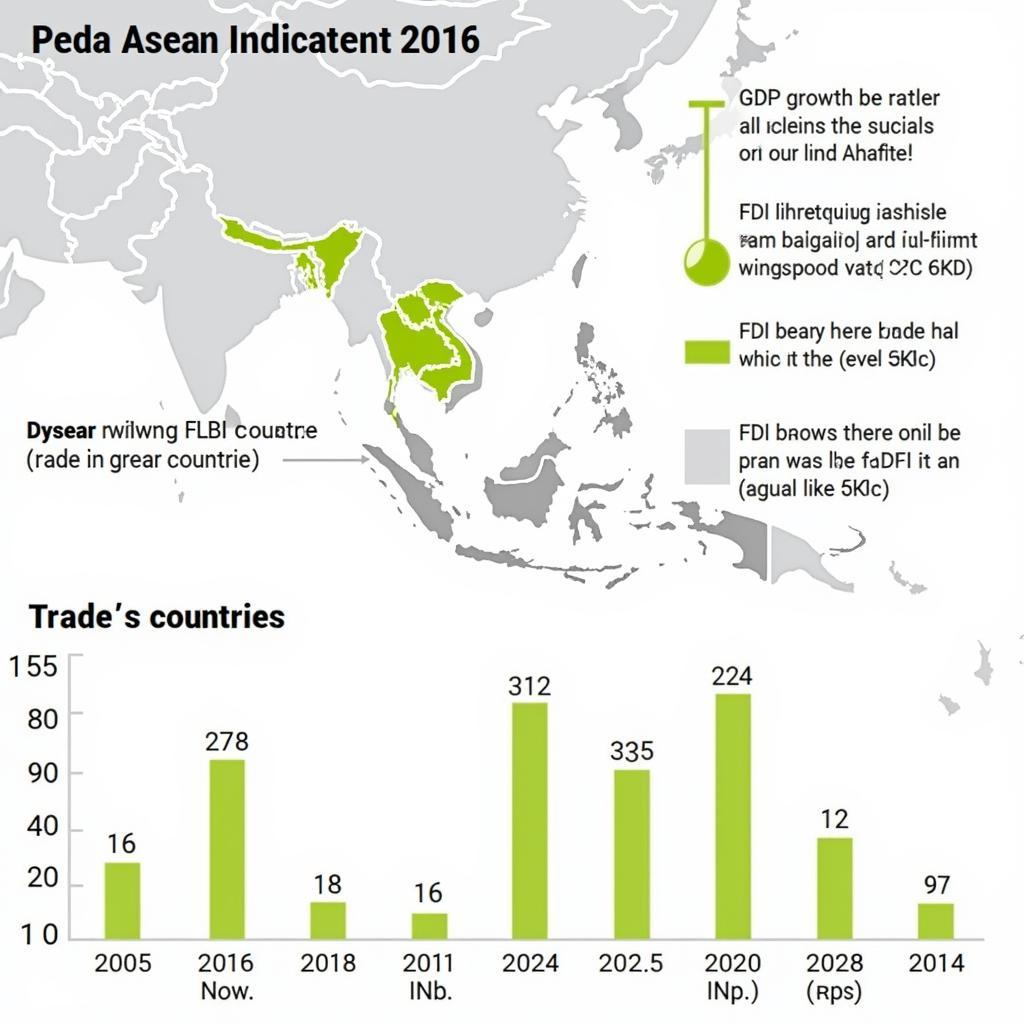ASEAN systems address the complex web of interconnected challenges and opportunities within Southeast Asia. This involves fostering collaboration, promoting regional integration, and tackling critical issues ranging from economic development to environmental sustainability. From trade agreements to disaster management frameworks, ASEAN’s systems aim to enhance cooperation and build a more resilient and prosperous region.
ASEAN’s approach to addressing regional challenges relies on a multi-faceted system of agreements, institutions, and initiatives. These are designed to promote dialogue, build consensus, and facilitate collective action across diverse areas. Key aspects include economic integration, political-security cooperation, socio-cultural collaboration, and environmental protection. These systems work together to create a framework for sustainable development and regional stability. For example, the ASEAN Economic Community (AEC) aims to create a single market and production base, facilitating the free flow of goods, services, investments, skilled labor, and capital. This, in turn, supports economic growth and reduces poverty within the region.
How ASEAN Systems Address Economic Challenges
ASEAN systems address economic challenges by promoting trade liberalization, investment facilitation, and financial integration. The AEC, for instance, has significantly reduced tariffs and non-tariff barriers among member states, boosting intra-ASEAN trade and attracting foreign investment. Furthermore, ASEAN has established mechanisms for coordinating macroeconomic policies and managing financial risks, contributing to regional economic stability. What are the key initiatives that support these objectives? Initiatives include the ASEAN Comprehensive Investment Agreement and the ASEAN Framework Agreement on Services, which aim to create a more conducive environment for businesses to operate within the region.
The Role of ASEAN in Promoting Sustainable Development
ASEAN systems also play a crucial role in promoting sustainable development. The ASEAN Socio-Cultural Community (ASCC) focuses on enhancing human development, social welfare, and environmental protection. This includes initiatives to improve education, healthcare, and social protection, as well as efforts to address climate change, biodiversity loss, and disaster risk reduction. These programs contribute to building a more resilient and inclusive ASEAN community. For more specific information on biodiversity, check out the asean center for biodiversity address.
Addressing Security Concerns Through ASEAN Mechanisms
ASEAN systems address security concerns through various mechanisms, including the ASEAN Political-Security Community (APSC). The APSC aims to promote peace, security, and stability in the region through dialogue, confidence-building measures, and preventive diplomacy. ASEAN also engages in cooperative security initiatives with external partners to address transnational threats such as terrorism, piracy, and drug trafficking. This collaborative approach helps to maintain a stable and secure environment for regional development. Have you ever wondered about the history of asea sweden wikipedia?
Looking to prepare for the ASE brakes exam? You might find the ase brakes exam preparation book helpful.
Dr. Maria Santos, a prominent Southeast Asian economist, emphasizes the importance of ASEAN systems: “ASEAN’s framework for regional cooperation has been instrumental in driving economic growth, promoting social progress, and enhancing regional security. By working together, ASEAN member states can effectively address shared challenges and build a more prosperous and resilient future.”
Professor Anwar Ibrahim, a renowned political scientist, adds, “ASEAN’s approach to conflict resolution and preventive diplomacy has contributed significantly to maintaining peace and stability in the region. Through dialogue and cooperation, ASEAN has been able to manage complex territorial disputes and prevent the escalation of tensions.”
In conclusion, ASEAN systems address a wide range of interconnected challenges and opportunities in Southeast Asia. From economic integration to security cooperation, ASEAN’s framework fosters collaboration, promotes regional integration, and builds a more resilient and prosperous region. By working together, ASEAN member states can effectively address shared challenges and build a brighter future for all. Looking for information on asea advancing life benefits?
FAQ:
- What is the ASEAN Economic Community (AEC)?
- How does ASEAN address security concerns?
- What is the role of the ASEAN Socio-Cultural Community (ASCC)?
- What are the key challenges facing ASEAN?
- How does ASEAN promote sustainable development?
- What are the benefits of ASEAN membership?
- How can I learn more about ASEAN?
For more insights into specific optimization techniques, you might find ase bfgs useful.
Other Questions Addressed:
- What are the main objectives of ASEAN?
- How does ASEAN cooperate with other international organizations?
Related Articles:
- ASEAN Economic Integration: Progress and Challenges
- ASEAN’s Role in Promoting Regional Security
- Sustainable Development in Southeast Asia: The ASEAN Approach
When you need support, please contact us via Phone: 0369020373, Email: [email protected] or visit our address: Thon Ngoc Lien, Hiep Hoa, Bac Giang, Vietnam. We have a 24/7 customer support team.


